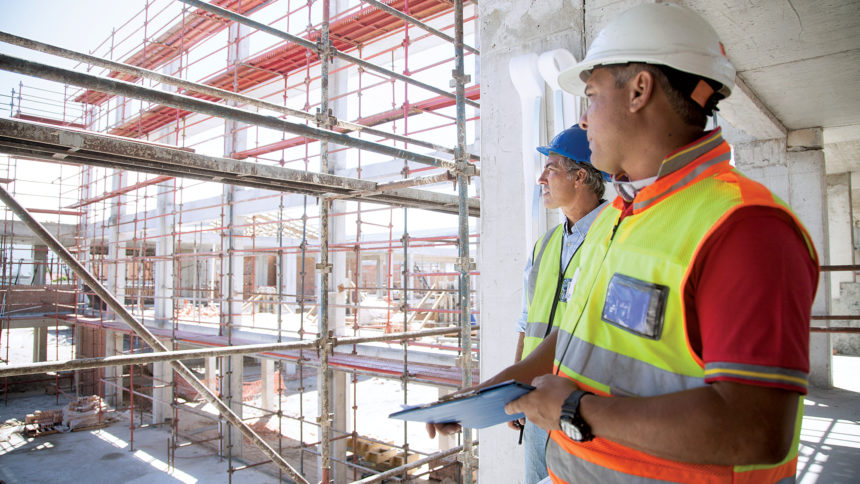
Once a senior living construction project is conceived and begun, the owner/operator can’t sit back and wait, as it has an important role at each stage to ensure that everything runs smoothly.
“Even the best facilities departments can get out of their depth when trying to choose the correct delivery method, develop construction cost mitigation strategies and deliberate on change orders,” according to the writers of a recent Plante Moran blog.
According to Plante Moran, construction projects typically have five phases:
- High-level strategic planning
- Predevelopment
- Design and bidding
- Construction and procurement
- Project closeout
An owner’s representative or internal team can be most helpful in making the planning and pre-development phases run smoothly, the company said.
The second phase of a project adds project planning, site due diligence, team assembly and beginning conceptual design and estimating onto the previous tasks of strategic business planning, market research, master planning and facility condition assessments and financial planning.
The work doesn’t stop there for those at the top. The important role during the third phase of a construction project is making sure the job stays on time and budget, following up on permits and keeping up with requests for proposal and vendor bids.
Groundbreaking takes place during the fourth phase. From this point on, the owner/operator or a representative is responsible for overseeing the project with site visits, facilitating communications among vendors, processing invoices, reviewing all testing reports for compliance and, generally, making sure that what needs to be done gets done.
The fifth phase, the pre-opening and project closeout phase, is “where the heat really kicks up as you speed toward opening. Your project has reached substantial completion,” the authors wrote. “Your construction team will be working through its punch list. You’ll need to make sure commissioning, warranties and as-built documents, and all inspections and approvals are taken care of at the same time you’re completing your own list of operational T-minus action items.”
Mainly, the owner/operator’s important role throughout the construction process is “a complex juggling act involving multiple teams of people, complex processes, nuanced skills and knowledge, and high stakes,” the authors noted.




